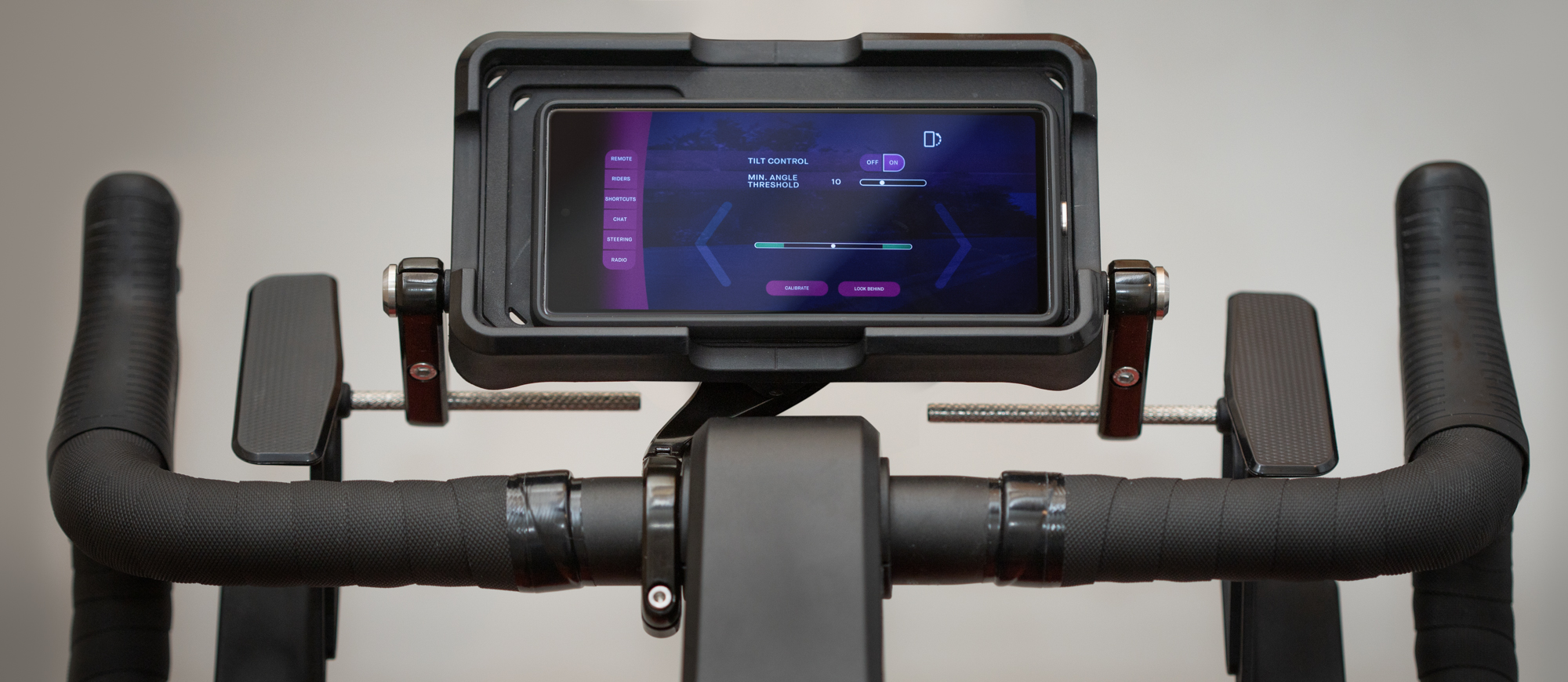Cyclingnews Verdict
From a design standpoint the Wahoo Kickr Steer is genius. It takes a series of big technical challenges and reduces them down to a very simple mechanical solution. RGT then takes the top-notch hardware and does a great job making it an integral part of the software. The challenge is that RGT was already technically good and it needs users more than steering.
Pros
- +
Works with Zwift also
- +
Easily converts between indoor and outdoor use
- +
Simple solution to a complex problem
- +
Software implementation on RGT is exemplary
Cons
- -
Expensive
- -
Steering is not what indoor riding needs for success
You can trust Cyclingnews
Like any kind of cycling, indoor cycling has a vast ecosystem of available accessories. For those of us who spend lots of time riding indoors, having the best smart trainer is just one part of the puzzle. The more you do it, the more you tend to pick up products like specific clothes, towels, or fans that make things a bit more pleasant. There's another category of accessories though.
In this category, you will find products that make your indoor riding experience more realistic. The most well-known of those are the Wahoo Kickr Climb and the Elite Rizer that raise and lower the front of your bike to simulate climbing. There are other products though that fall under the same general umbrella, including the growing category of steering accessories. Up until now, only Elite offered steering products, in the form of the Elite Sterzo Smart. Now, Wahoo is introducing the Wahoo Kickr Steer as competition in the space.
The introduction of the Kickr Steer means you can pick your own line on the virtual roads in Wahoo RGT. It’s a whole new level of simulation coming to the Wahoo ecosystem and I’ve been putting it to the test.
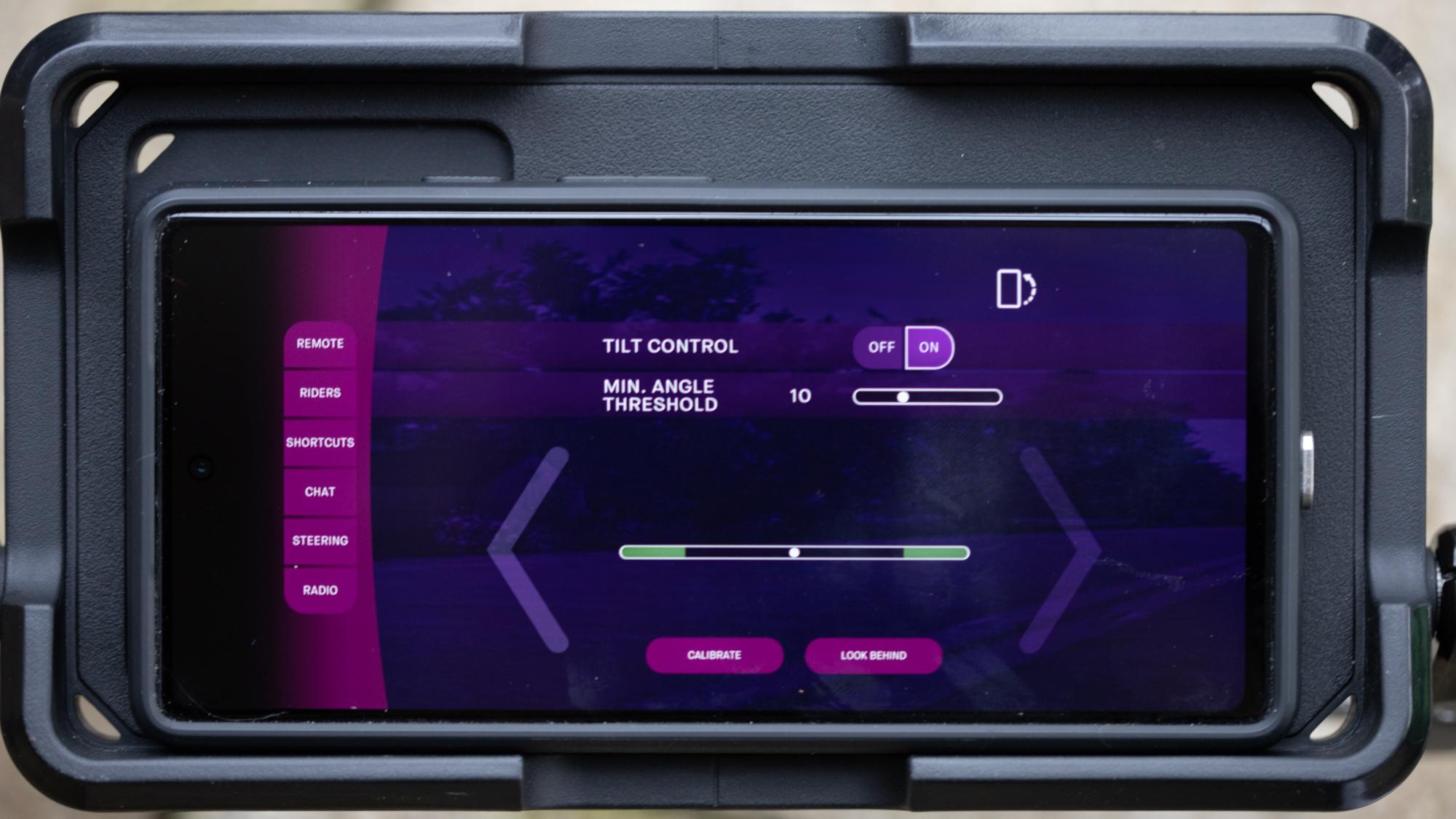
Design and aesthetics
Whatever else you take away from this review, I want to make sure you understand just how genius the design of the Kickr Steer is. There is a product designer somewhere at Wahoo that deserves some serious kudos. That person solved a complex problem in the least complicated way possible.
It all starts with a basic out-front mount, which is metal and kind of beefy but there's nothing super unique about it. There is an insert to hold a Wahoo computer and there is a GoPro-style mount on the underside. You will need round bars but otherwise, you can use it outside as well as inside. When you come inside, all you do is slide the GoPro mount off and slip a phone tray over the top of the computer mount.
The tray itself has a pocket that slips over the out-front mount and then expands from there. You can fit a phone up to 3.7" x 6.7" (9.4cm x 17.0cm) and there are indents for cables from all four sides as well drainage holes at every corner.
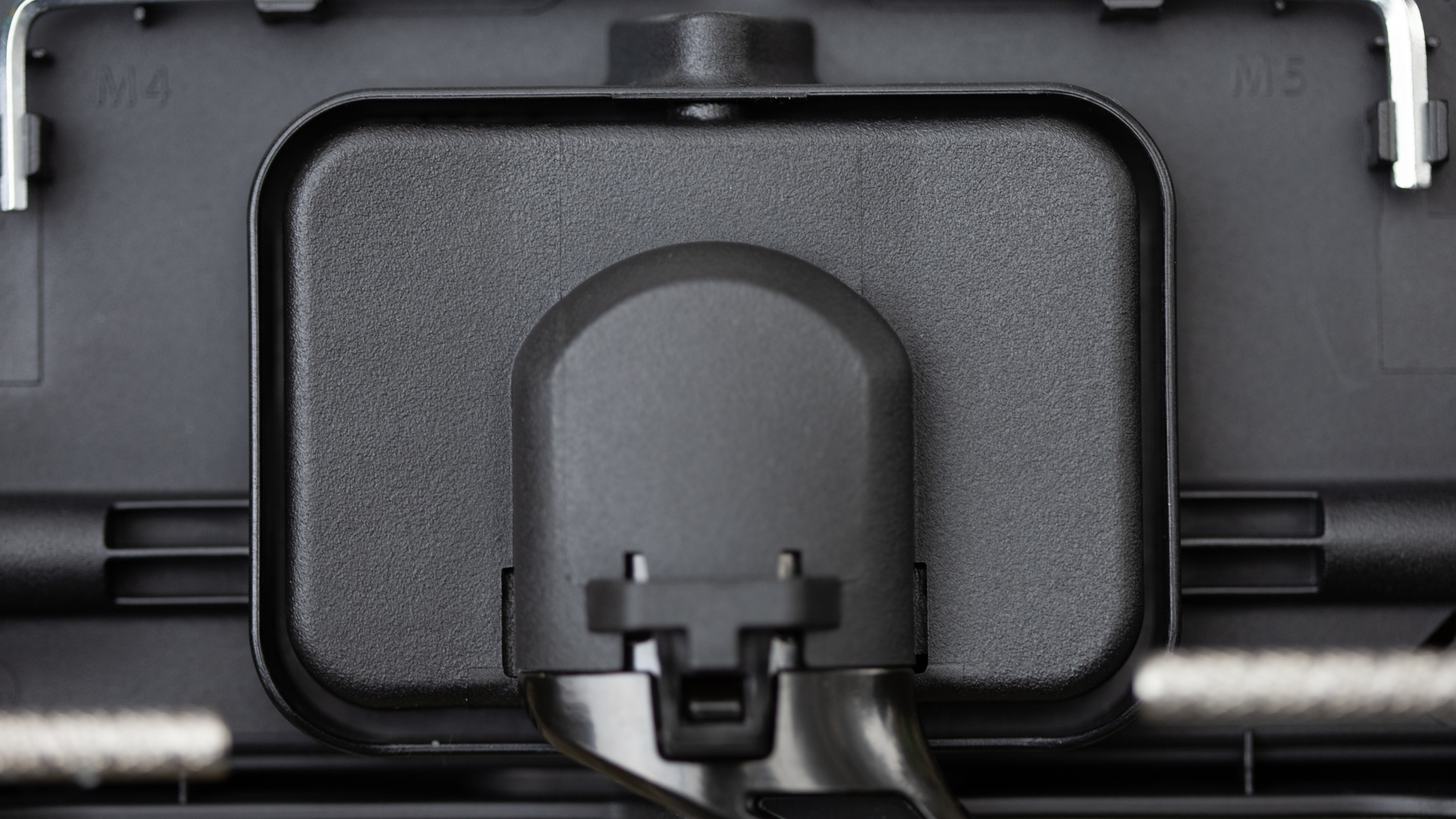
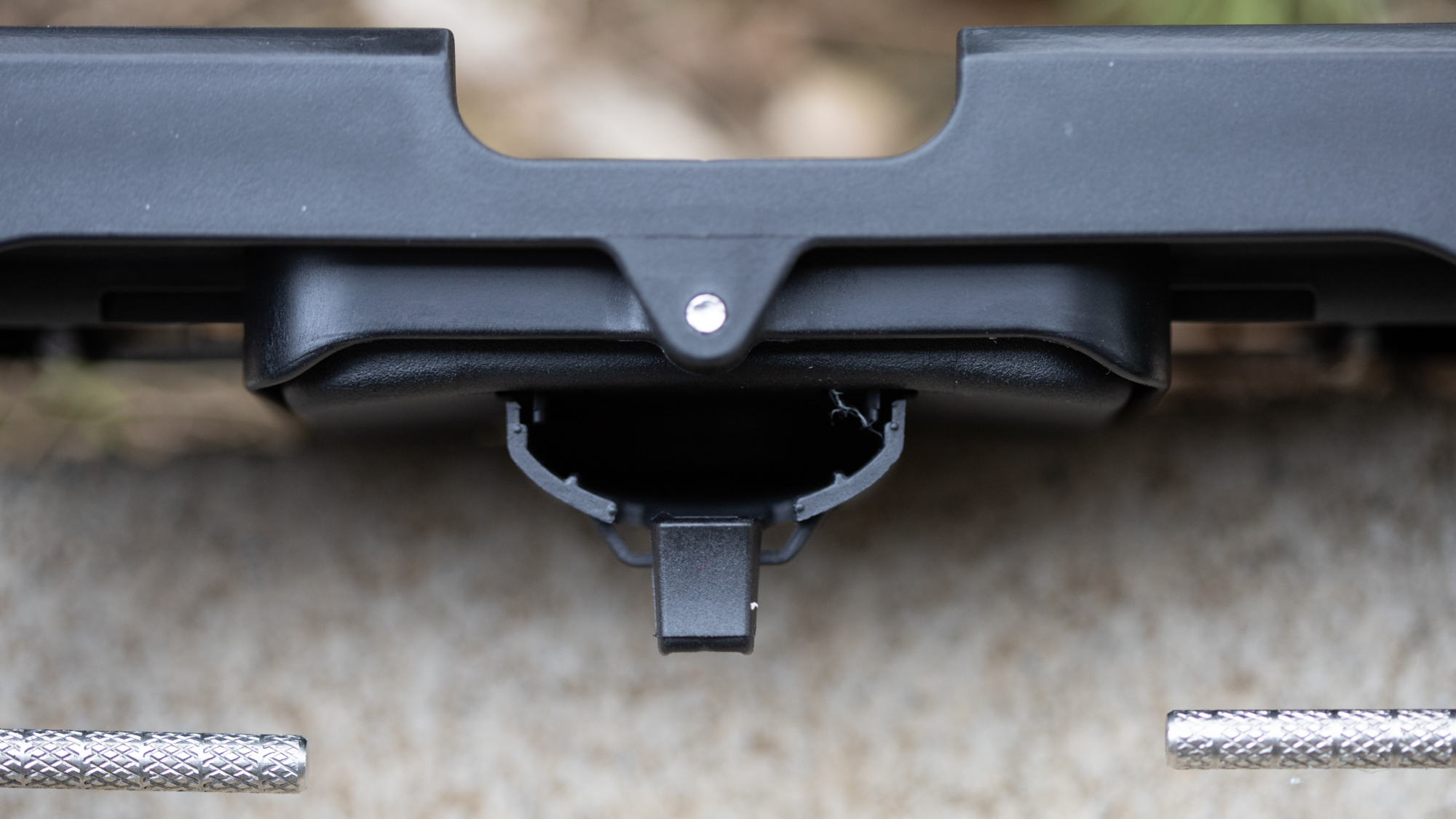
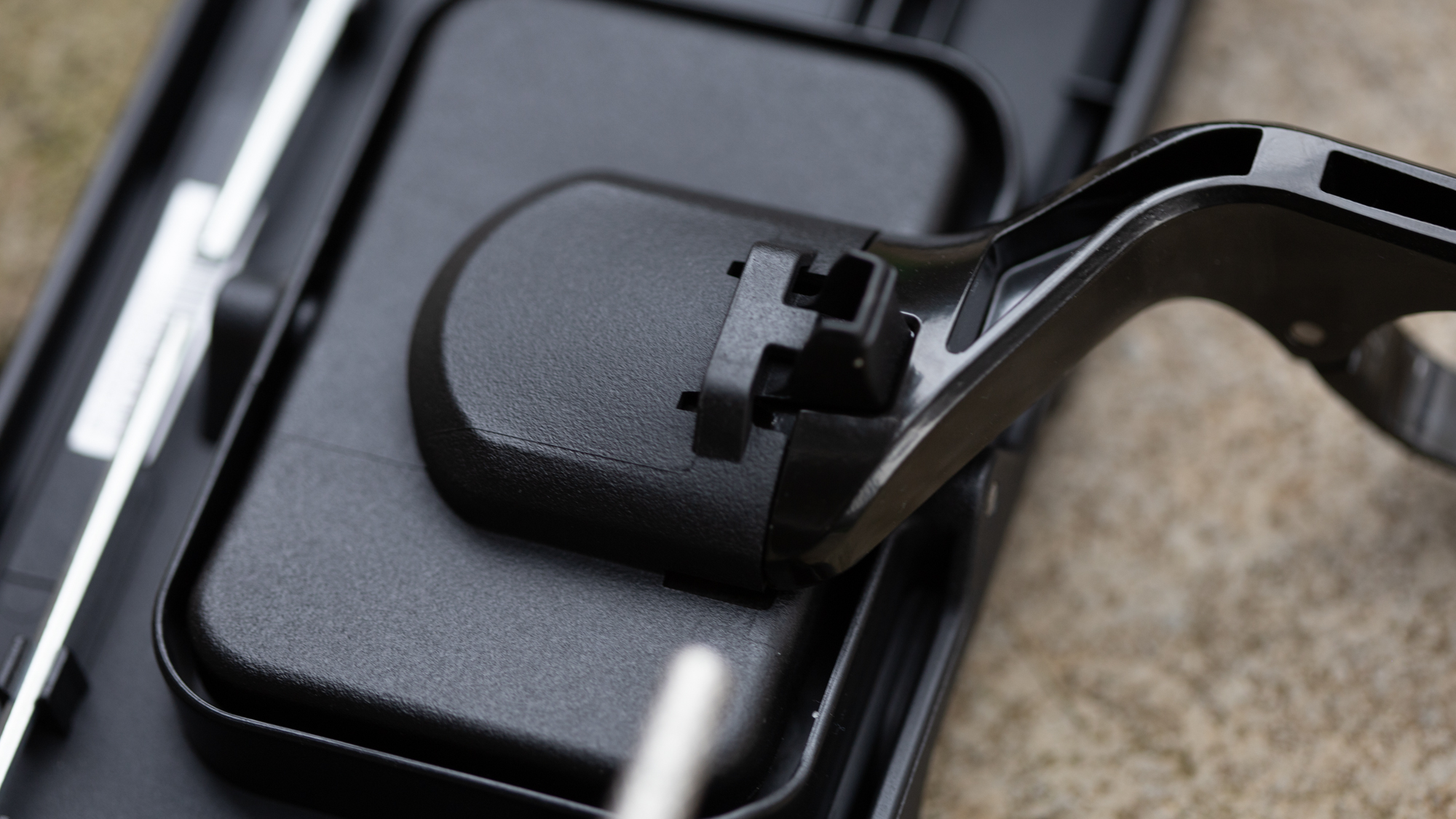
Then at each side, there is a plastic arrangement with an upper and a lower paddle. These are the paddles that you press to tilt the tray. The upper works from the hoods, and the bottom allows you to reach when in the drops. You can also customise everything about the angle and location of the paddles and it takes only a single hex bolt to lock your preferred position in.
One thing you might have noticed is that there are no electronics in this system. Mechanically speaking, what makes the whole arrangement work is a hinged and spring-loaded connection between the receiver pocket and the rest of the tray. It's so beautifully simple, you press on the paddle and it tilts the tray. That's it. You place your phone onto the tray, with the RGT app open, and your phone is able to pick up on the tilt and your on-screen persona will move while riding in RGT.
Everything else is just wrapping a simple concept in user-friendly details. Things like the single point of tightening and wrench storage under the tray make adjustment dead simple and the attachment of the paddles far from the pivot point means there’s lots of leverage. Also, you don't actually turn your handlebars and there's no interaction with the bike. That means it doesn't matter what bike you use and it will even work with the Garmin Tacx Neo Bike Plus that I recently reviewed. There is no need to talk about steering angles, amount of rise, wheel size, or anything. It just works and the only thing you need to adjust on the software side is the minimum angle threshold.
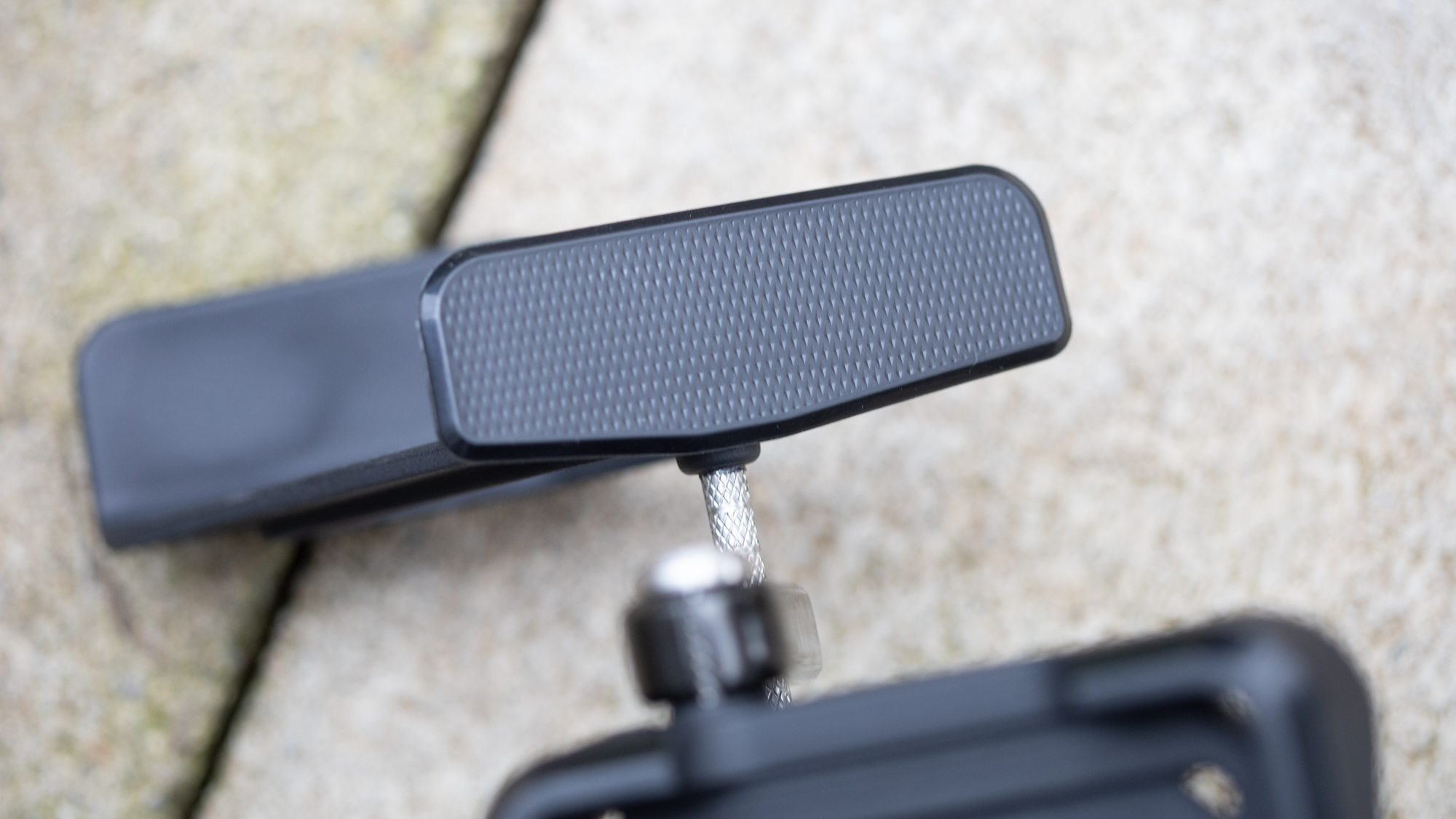
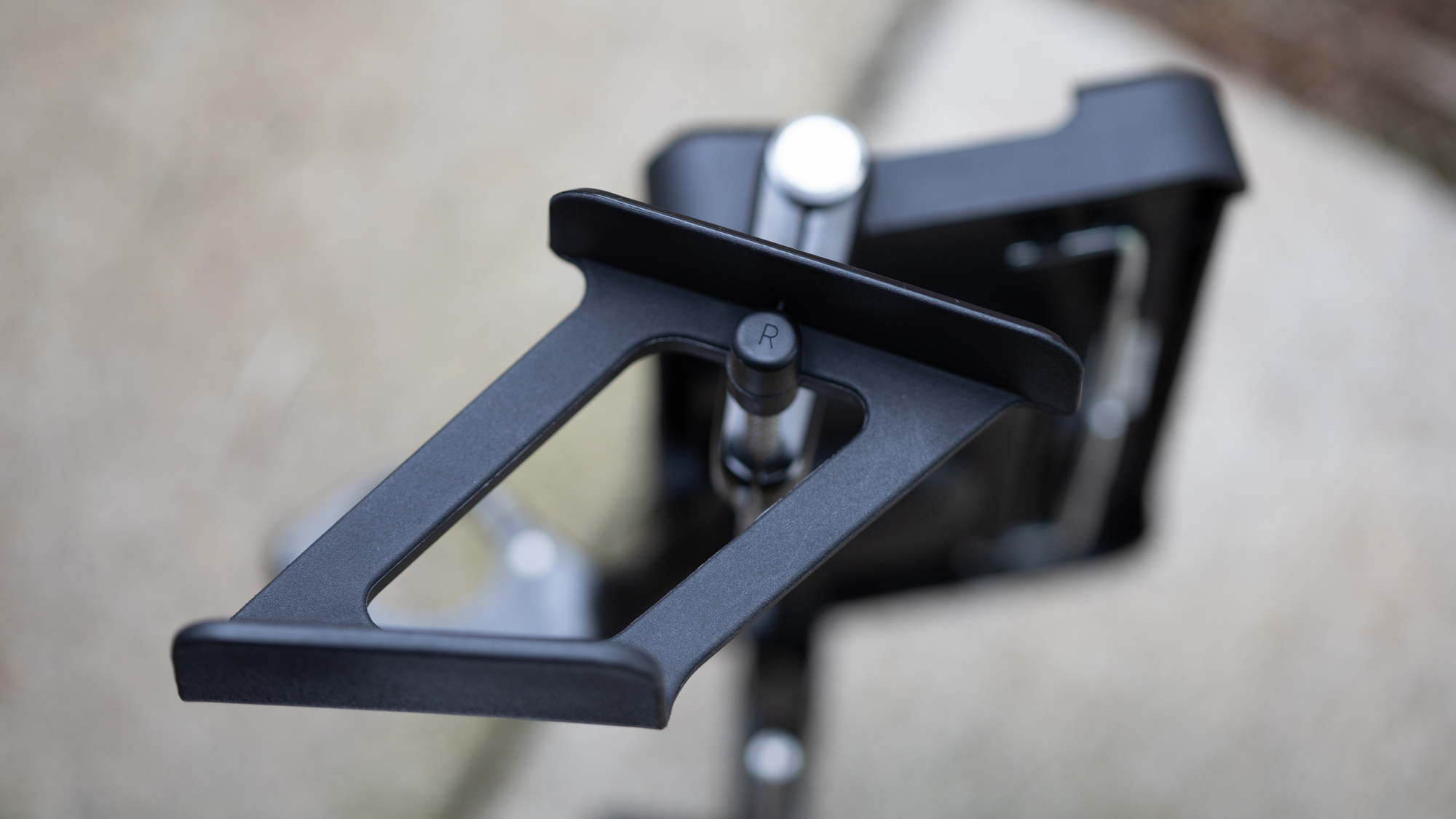
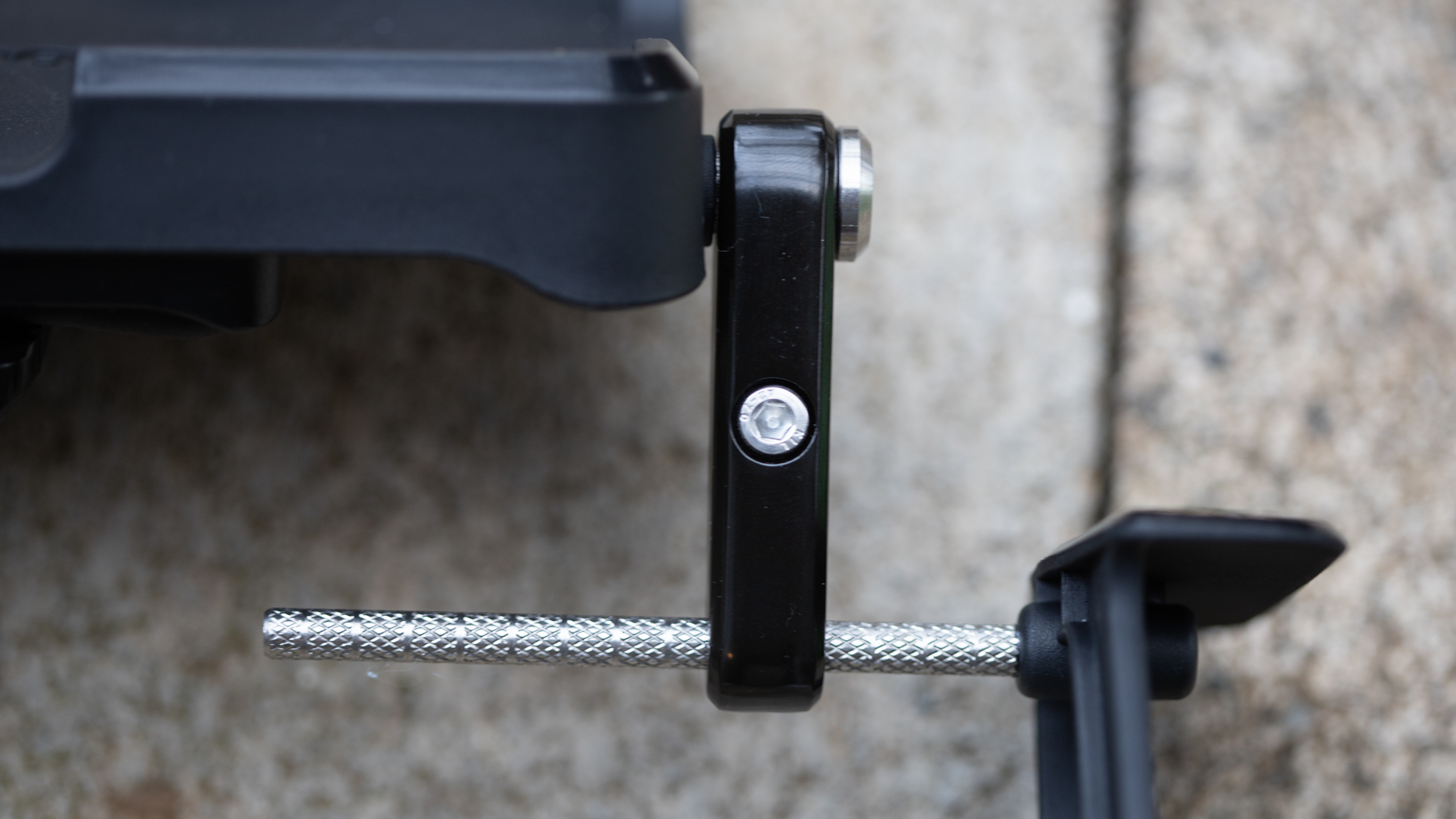
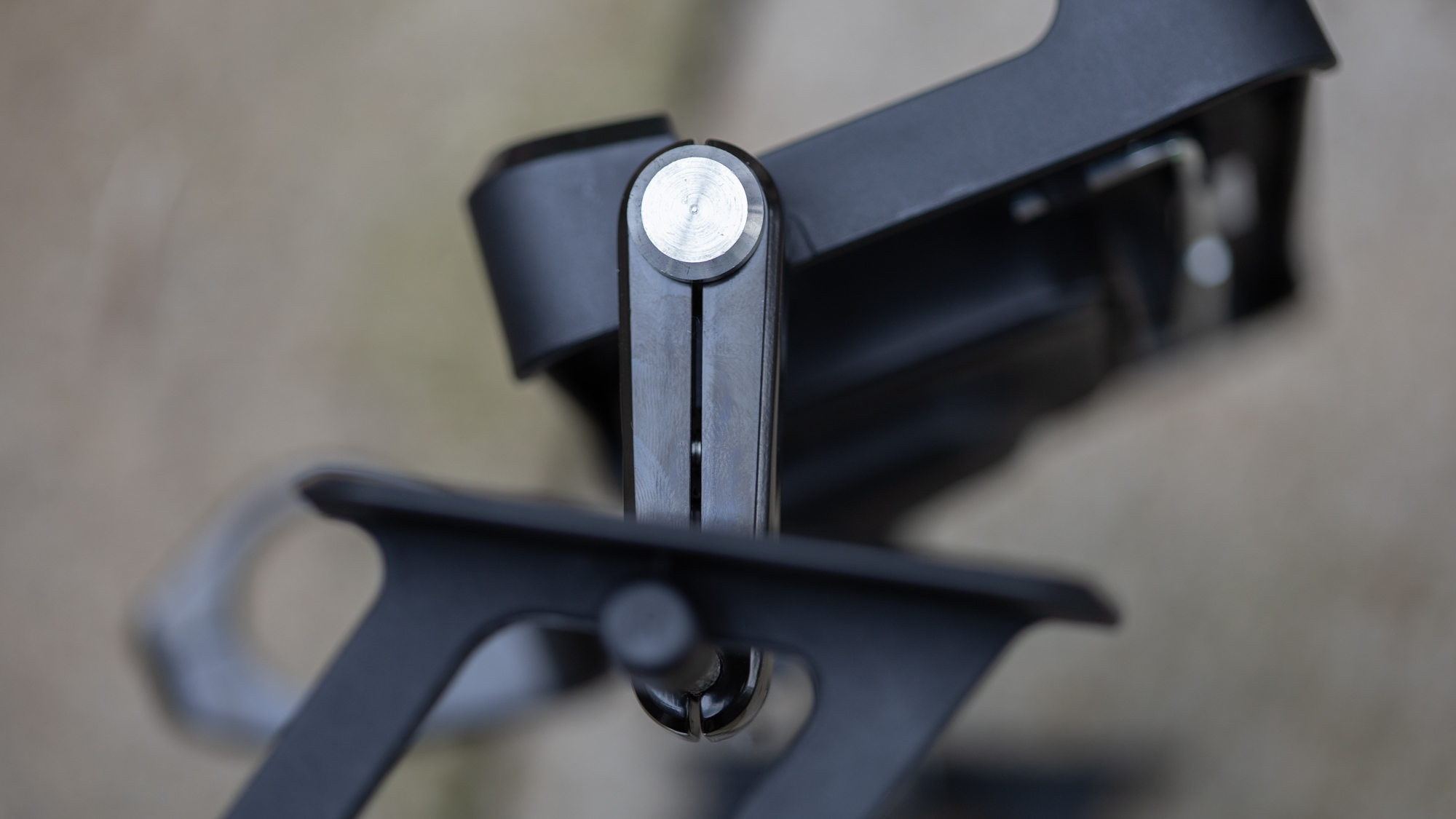
Performance
Discussions about steering during indoor cycling inevitably discuss what it's like to suddenly have the option to choose where on the road your avatar is. There tends to also be some discussion about choosing an optimal line through corners as well. Wahoo does both in their press release for the Wahoo Kickr Steer and it makes sense. Anyone who's spent much time riding indoors will have experienced moments when they think they could do a better job than the algorithm. Now you have the chance to do so but that's not the interesting piece.
What's really interesting about the Wahoo Kickr Steer is the synergy that exists with the RGT software implementation. Specifically, the way that RGT handles drafting is better than anything we've seen before. As you ride up behind another rider, there is an indication in the top left of the user interface that you are approaching. When you are in the draft it shows how much energy you are saving, listed in watts, and you are able to get a sense of where the ideal spot is.
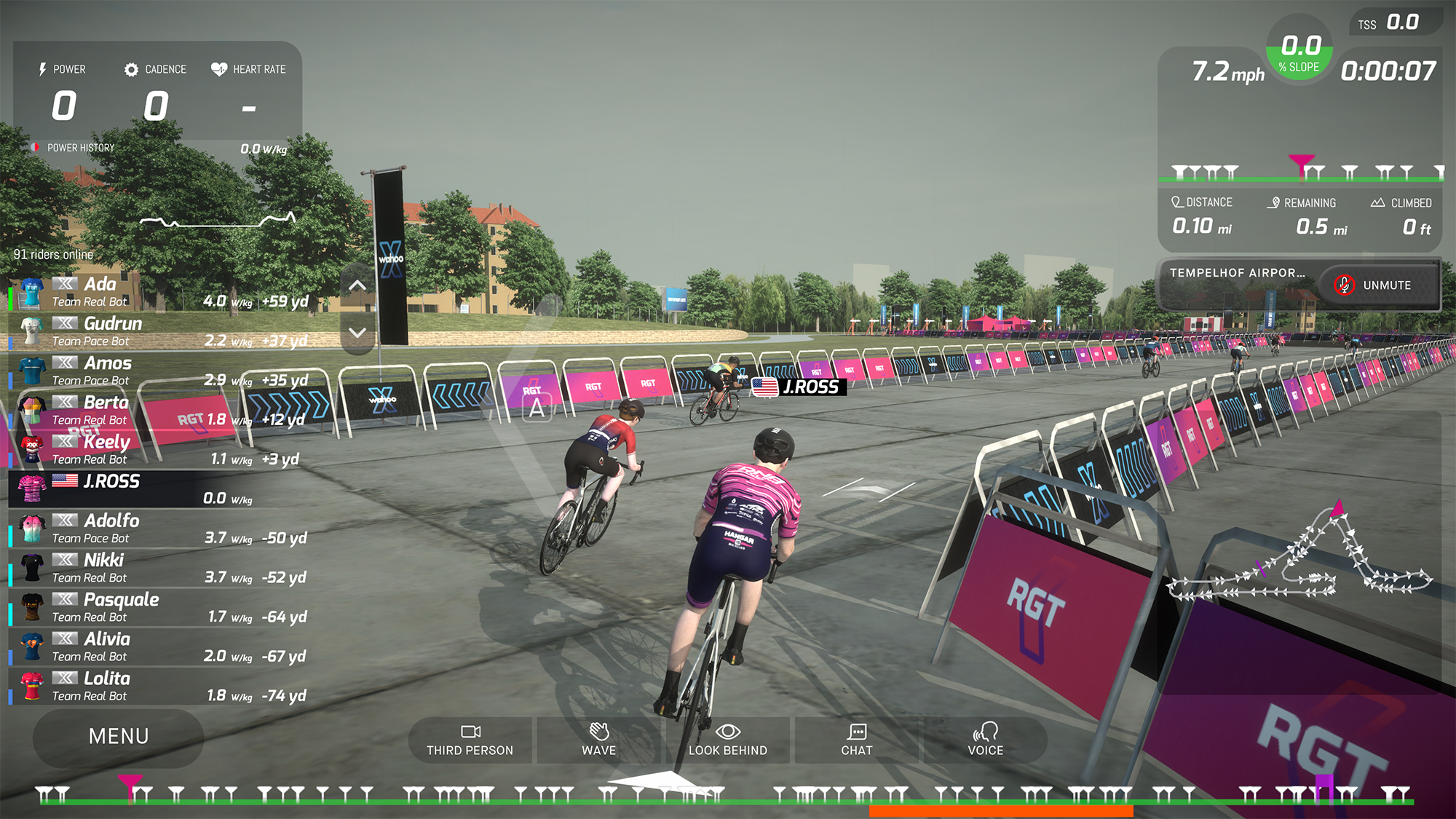
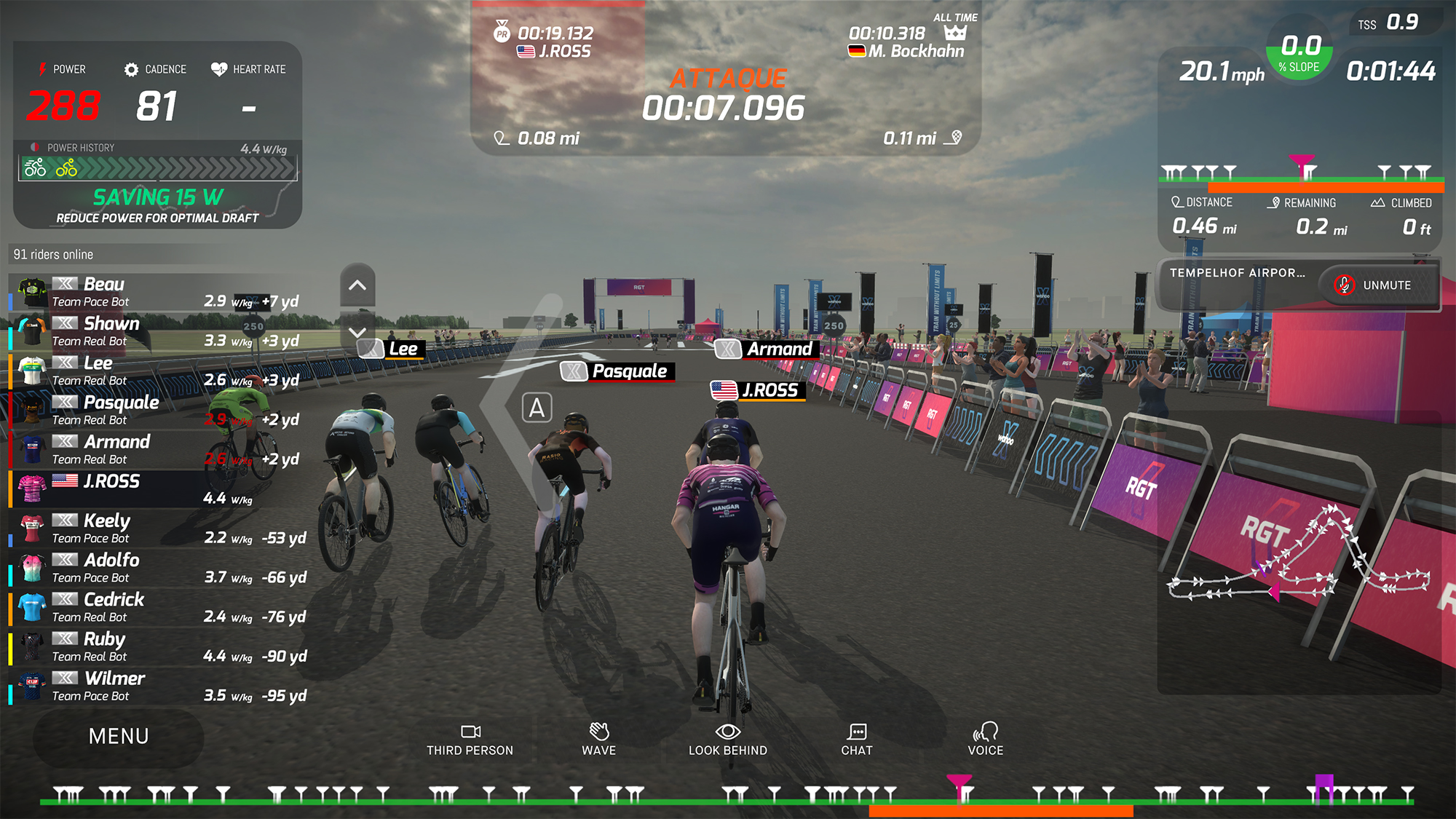
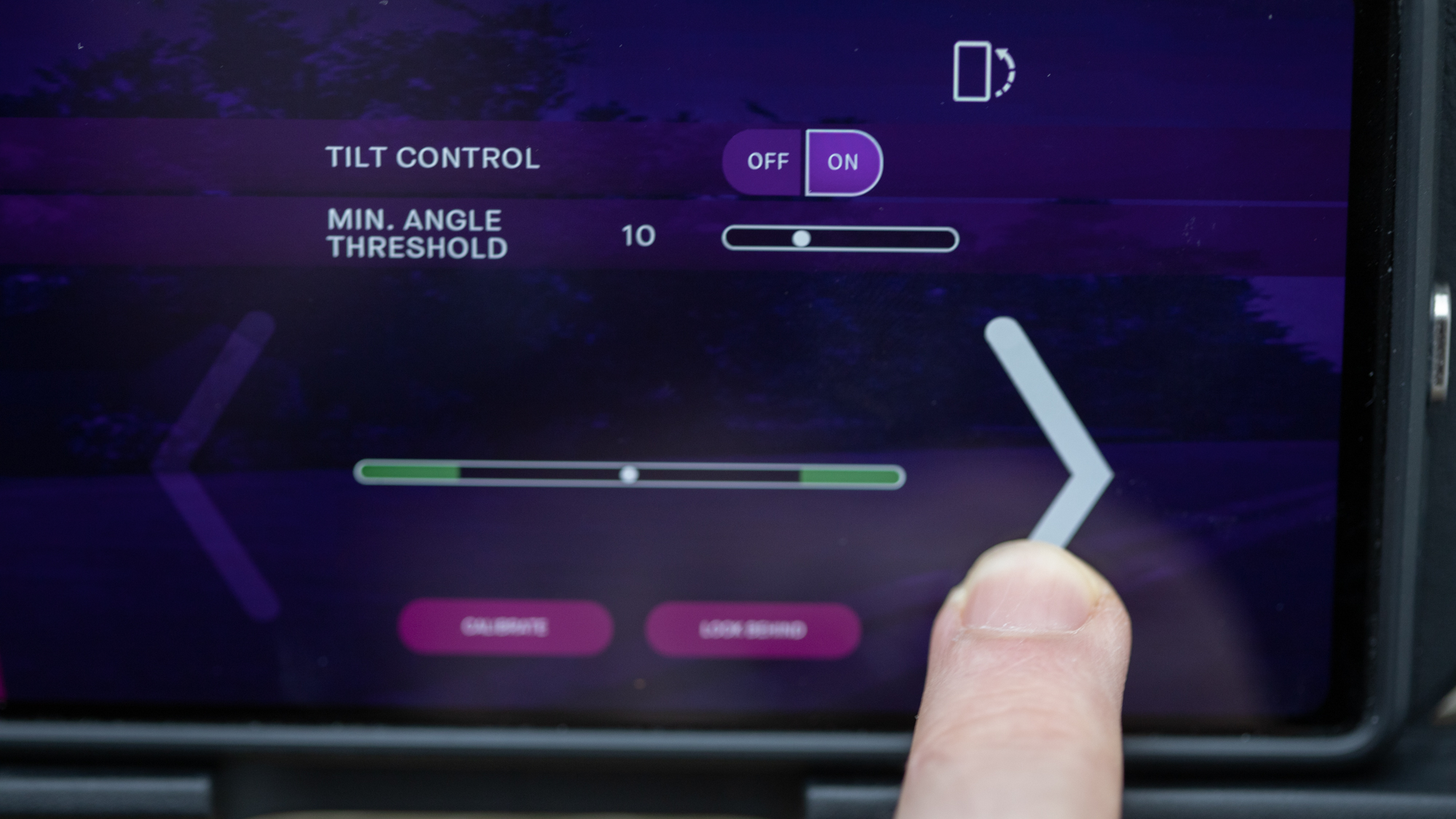
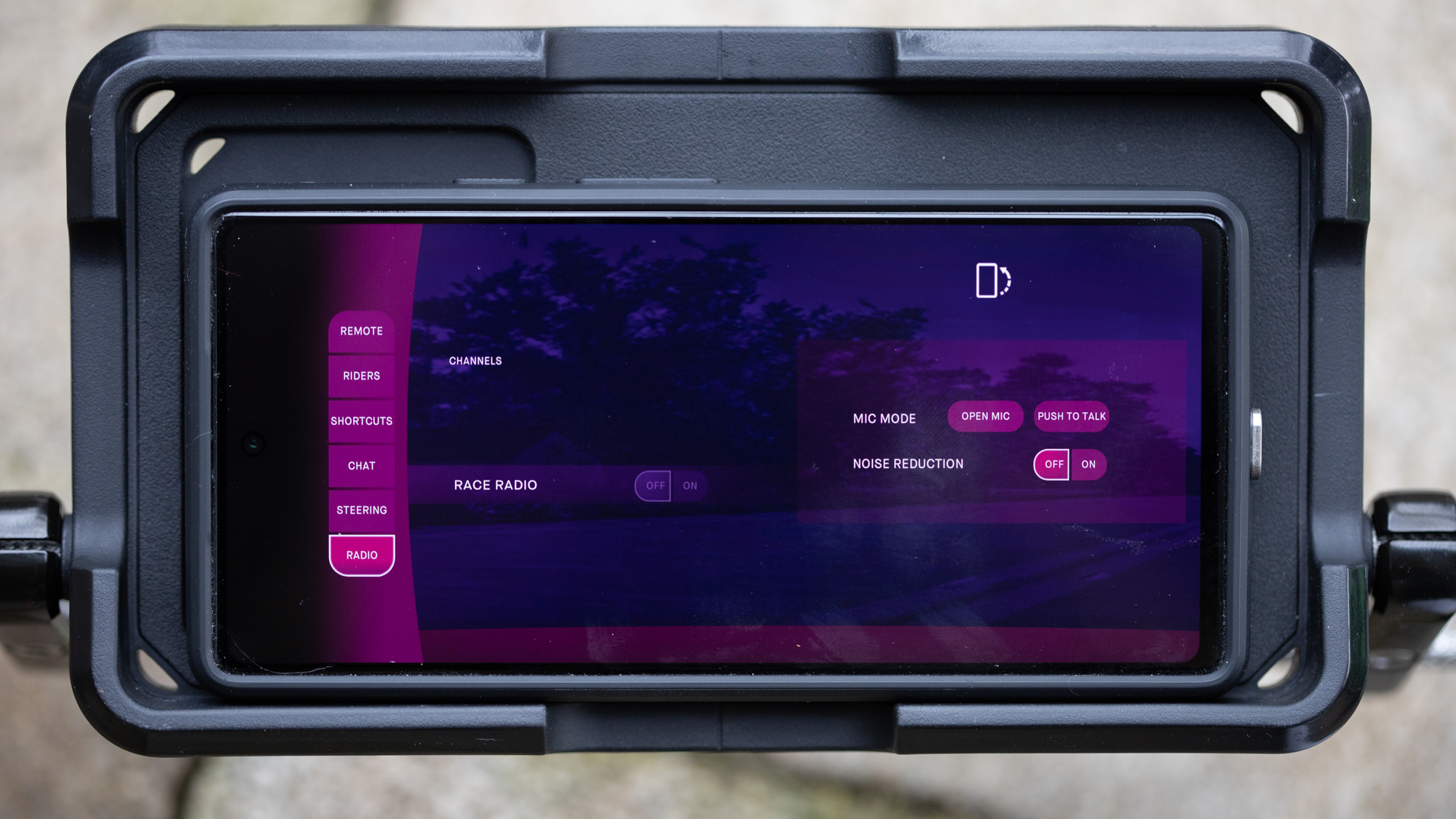
Those features aren't totally new though. RGT has always done a better job at communicating information related to drafting than Zwift. Now, along with the introduction of the Kickr Steer, the brand has taken farther. Wehn using steering, you don't automatically move around the rider in front. Once you are in the draft, it doesn't matter how much power you put out, you are stuck there. Put out too much power though and your watts will turn red along with an indication that you are too close. When you are ready to move around, you'll need to steer.
The whole mechanic is ideal for attacking in a race. Start by coming up behind a rider and getting into the draft. It's easy to find the ideal spot and save your energy. There's no need to waste mental energy modulating your power output because you won't pass. If you think an opportunity is coming you can start to ramp up power while you wait for the perfect moment. It adds a mechanic that feels like a real addition to the realism of racing virtually.
Wahoo is also turning it on for everyone all the time as of release. If you don’t have the Wahoo Kickr Steer accessory, you could press a button on your keyboard, press a button in the app on your phone or tablet, use a mouse to press the arrows that present themselves on screen, or even come up with whatever solution you want that allows your phone to tilt. If you decide not to do any of that then RGT will fall back to the old system of automatic steering after two minutes with no steering input. That means you won’t find yourself stuck in a draft if you don’t want to steer but, unlike Zwift, you don’t have to hunt for specific races that allow steering. The whole system is well designed and smartly integrated.
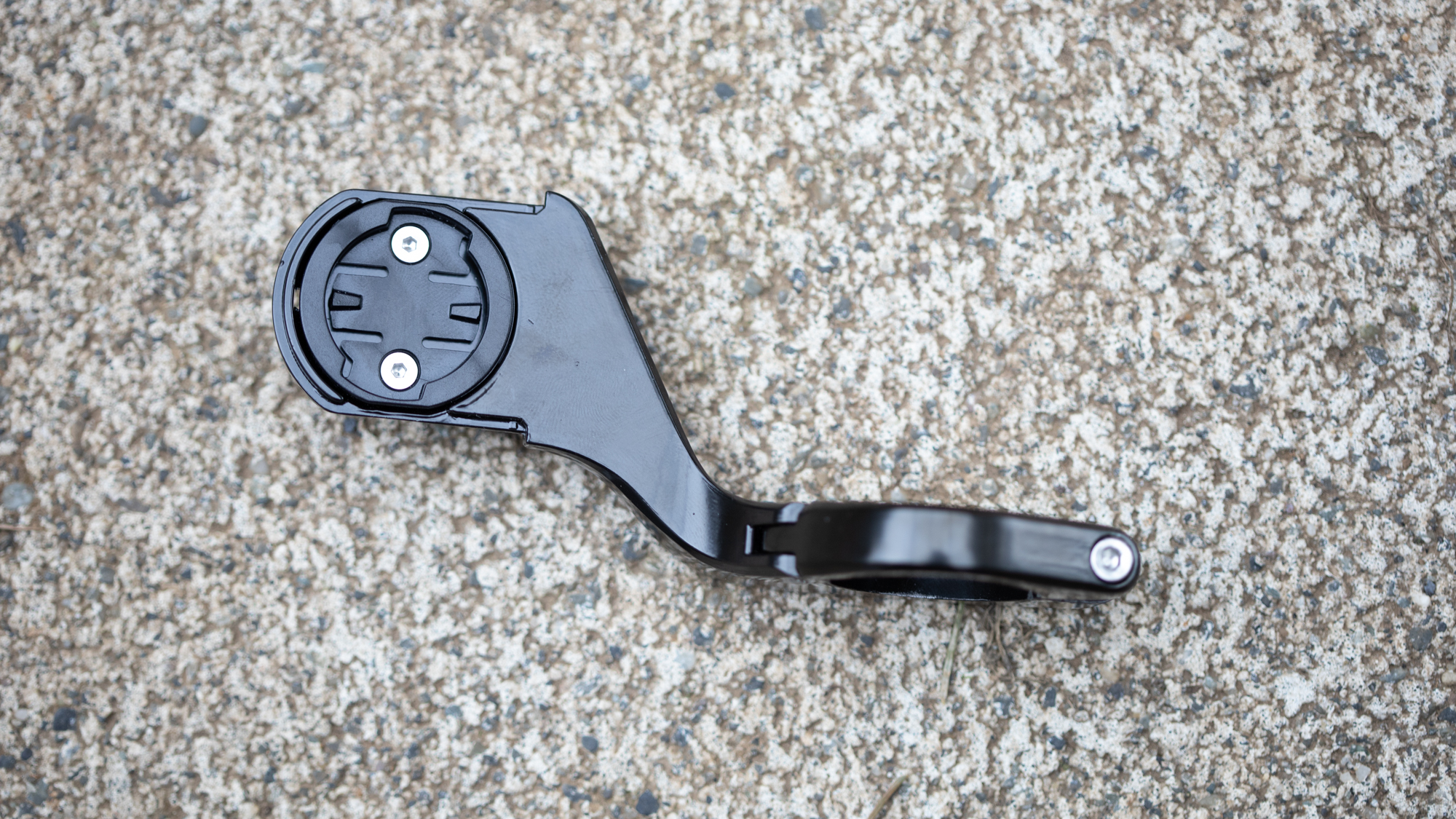
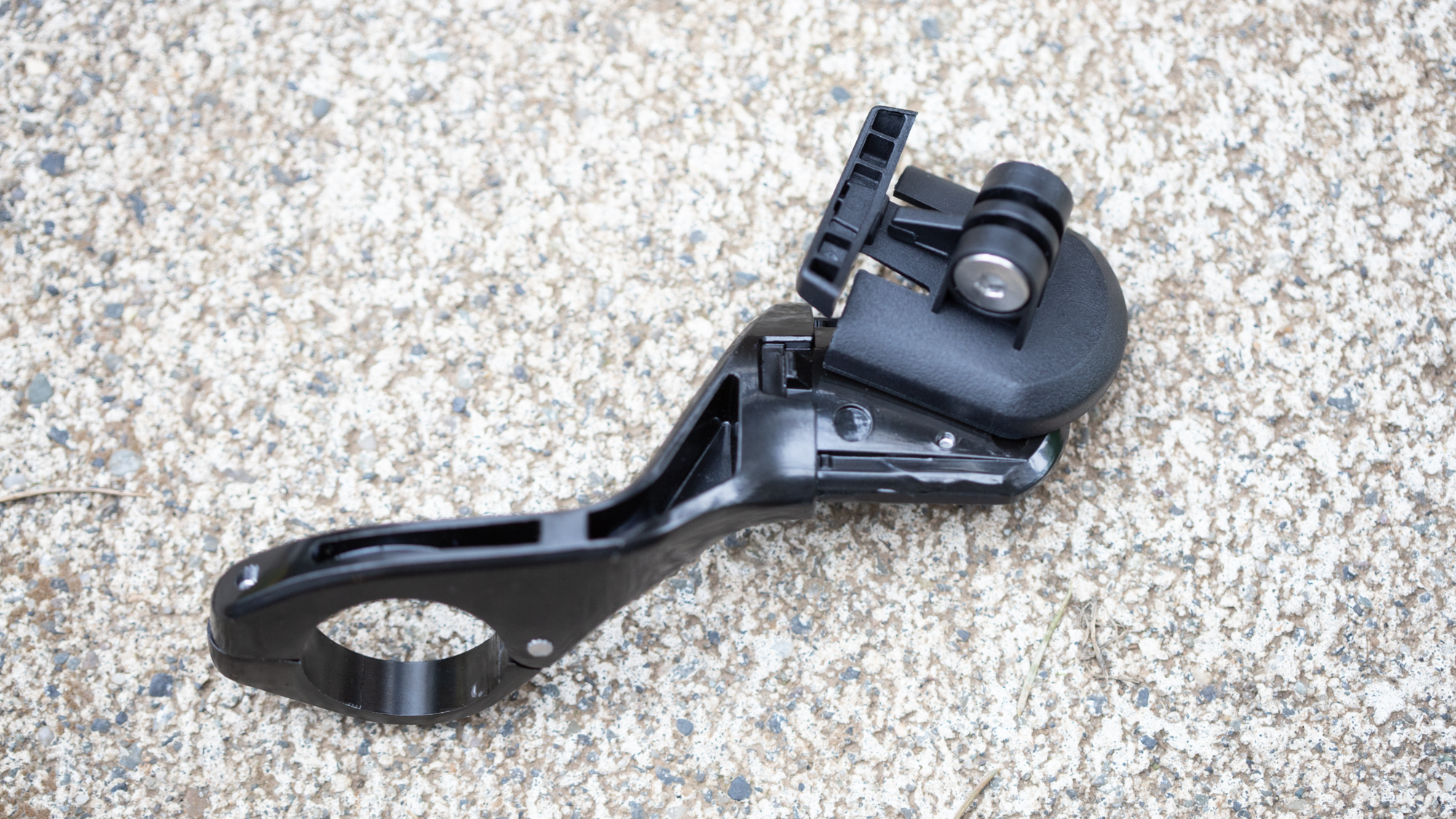

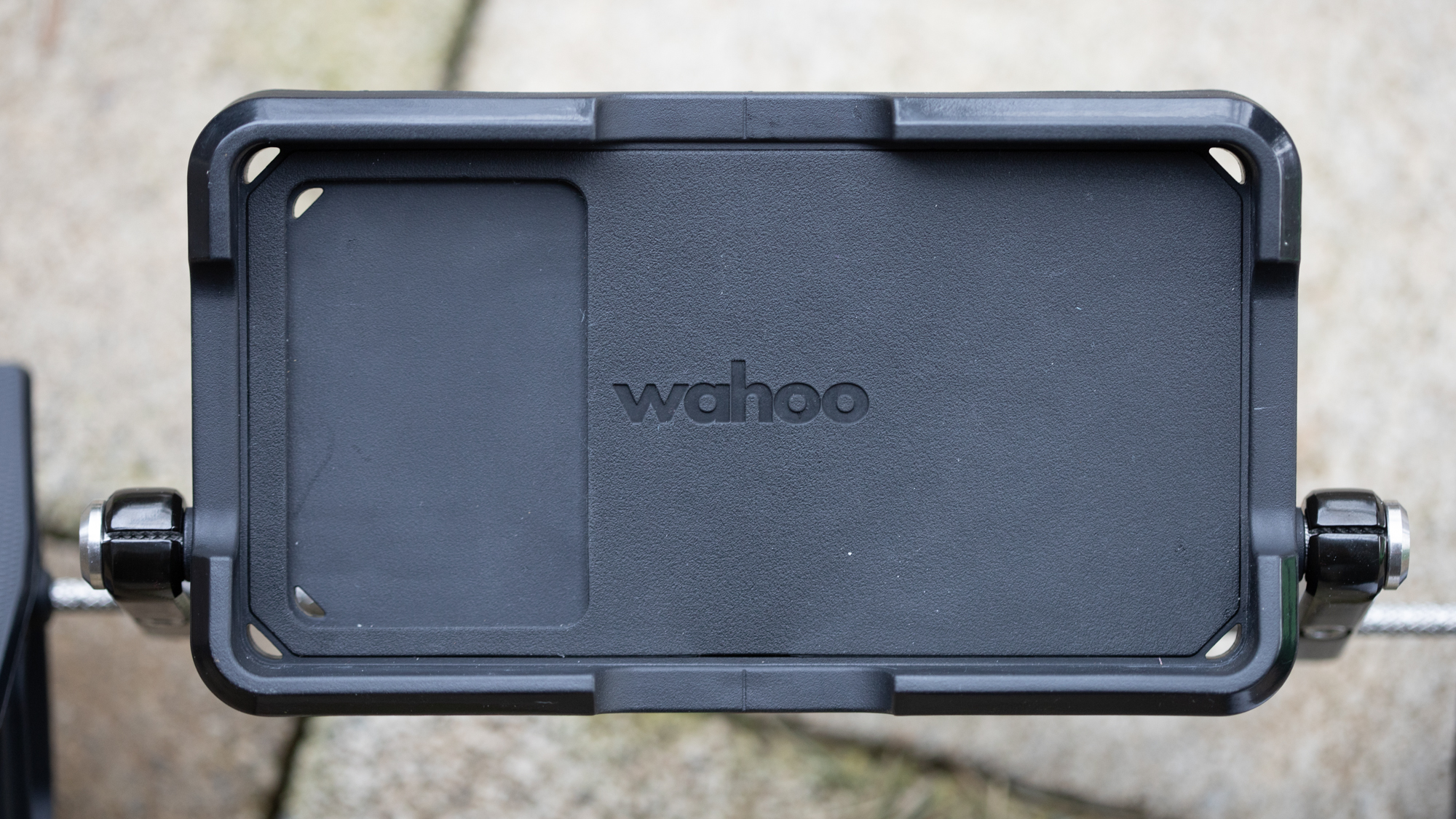
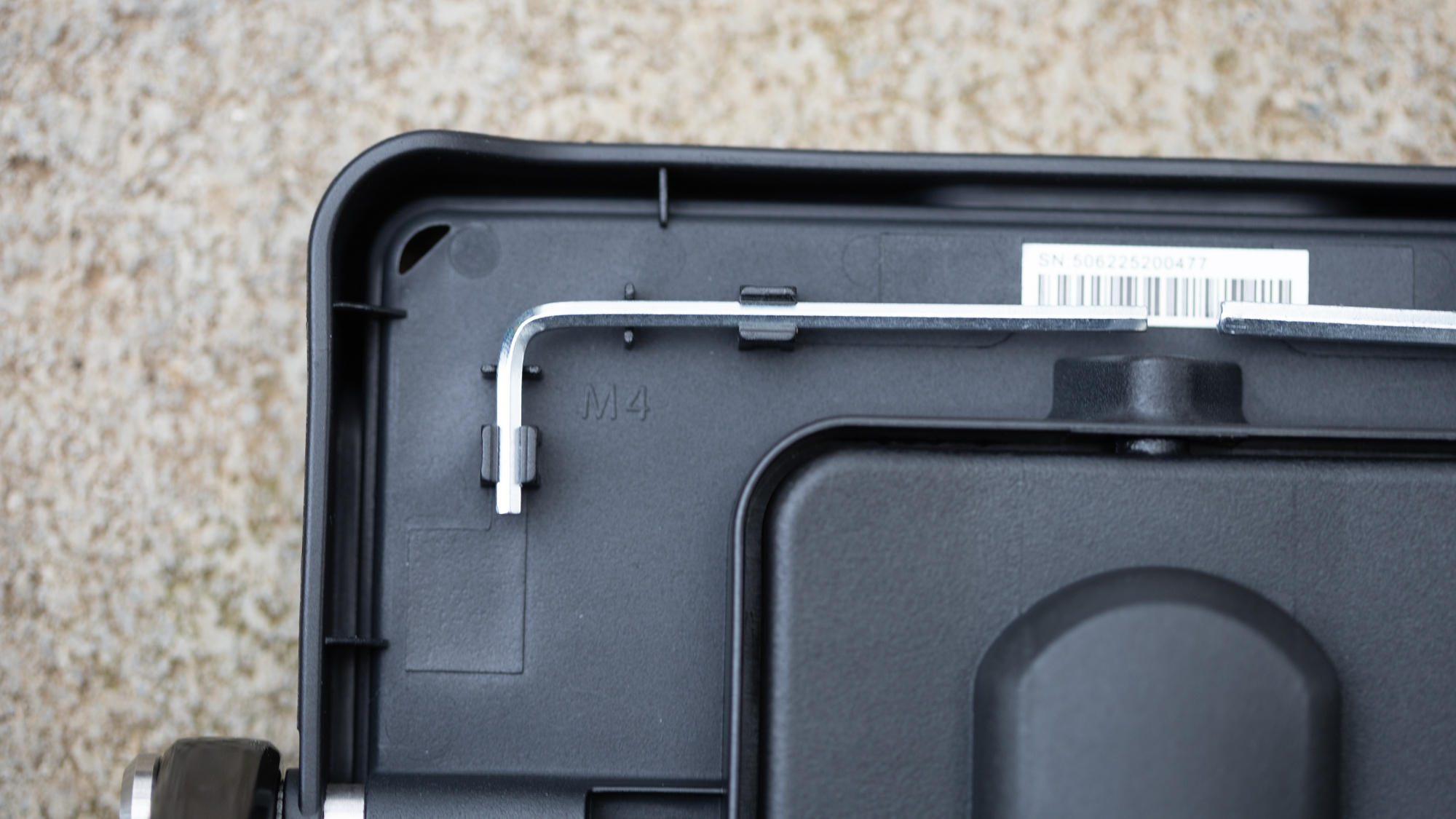
Verdict
In case it’s not clear, this is a glowing review. I talked about not only how genius the actual mechanics of the Kickr Steer is but also how well Wahoo has integrated it into the RGT experience. It’s engaging to use and it works without any issues. If you consider it from the perspective of buying an accessory the only issue is the price. It retails at £89.99 / $99.99, but Wahoo offered it at half price to subscribers of Wahoo X before launch. I suspect you’ll have luck finding that price either right away or before too long.
Even at the lower price though, it’s not clear whether you should buy the Kickr Steer. The real question is not how well it works, but is it relevant?
Zwift has had steering for almost three years now and it's gone nowhere. In fact, if you care to, you can use the Kickr Steer and your phone to steer in Zwift and it works really well (you just have to put your phone on the tray at 90 degrees). Finding a way to steer in Zwift isn’t that hard though, the problem is that there’s nothing compelling to do with it. The opportunities to use steering are so limited that it’s never taken off. Wahoo RGT and the Kickr Steer already offer a better solution than what Zwift and Elite have offered but is that enough?
I’ve spent a lot of time on Zwift and a fair amount of time on RGT. When I get on RGT it’s actually a breath of fresh air to experience the better user experience. Despite that, I rarely use it. That’s not because I’ve been feeling it lacks realism, it’s because it’s empty. If RGT had more users, I would happily be here to tell you that this new accessory works great and steering adds an amazing layer of engagement. Given that the accessory came first, that part is still true but it’s less clear whether you should buy it. If Wahoo is able to add premier races, expand its maps, and draw people to the platform, then the Wahoo Kickr Steer will be worth purchasing even at the more expensive price. If Wahoo doesn’t manage that, the Kickr Steer will not be worth a purchase.
| Design and aesthetics | If there’s anywhere the Kickr Steer excels, it’s in this section. Consider it a master class on how to solve a complex problem in a simple way. | 10/10 |
| Usability | Mechanically it works really well. It’s simple to use and doesn’t require extensive setup. Perfecting the use in a game will take some time to get right but it’s a learnable skill. | 8/10 |
| Software support | This is another section where Wahoo has made the right choices. The RGT interface integrates steering, and by extension drafting, better than Zwift. | 10/10 |
| Indoor riding enhancement | The point of this section is to put a number on how much it adds to the experience and steering, while fun, doesn’t actually add a whole lot. Wahoo has done such a good job with integration that it adds more but it’s still not a whole lot. | 7/10 |
| Value | The MSRP is double what feels like makes sense. If you can find it for the pre-release members price of half off, that feels about right. | 5/10 |
| Overall | Row 5 - Cell 1 | 80% |
Tech Specs: Wahoo Kickr steer
- Price: £89.99 / $99.99
- Compatibility: iOS and Android Mobile devices, round handlebars
- Phone dimensions: up to 3.7" x 6.7" (9.4cm x 17.0cm)
- Weight: Out front mount ready for use outside 89 grams as measured
Josh hails from the Pacific Northwest of the United States but would prefer riding through the desert than the rain. He will happily talk for hours about the minutiae of cycling tech but also has an understanding that most people just want things to work. He is a road cyclist at heart and doesn't care much if those roads are paved, dirt, or digital. Although he rarely races, if you ask him to ride from sunrise to sunset the answer will be yes. Height: 5'9" Weight: 140 lb. Rides: Salsa Warbird, Cannondale CAAD9, Enve Melee, Look 795 Blade RS, Priority Continuum Onyx
